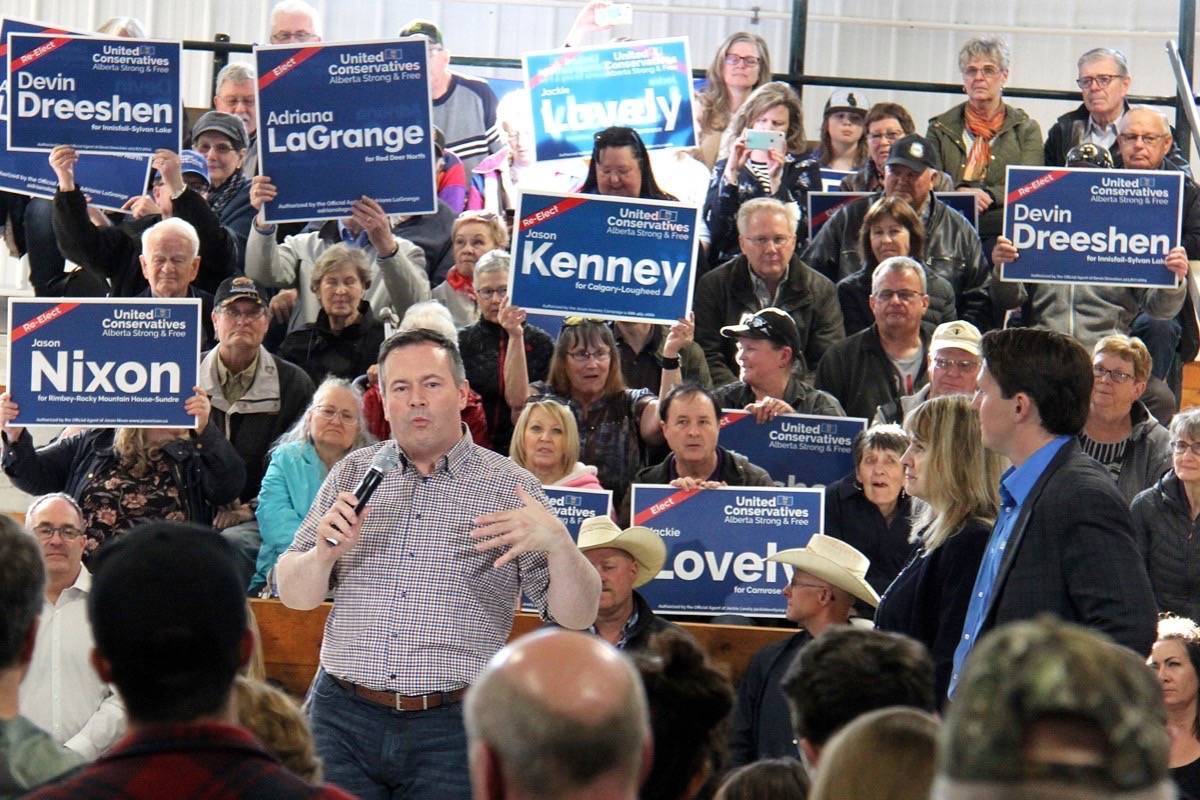By Pam Pikkert
So you are thinking of purchasing a home? Good for you. Home ownership is an exciting time but the mortgage process can drive any rational person crazy!
Fear not good friends, a qualified mortgage professional will make it as painless as possible. But to help you feel like less of a mortgage rookie, this week we will cover some terms you should know.
Pre-qualification – this is the first step. You will take the time to find out how much of a mortgage you may qualify for. Your existing debts, income and assets will all be looked at to determine how much of a mortgage you could qualify for. Remember though this is no guarantee that you will get the loan.
Pre-approval – at this point you will provide scads and scads of paperwork to help firm up your application. I mean you are asking a lender to lend you a heck of a lot of money. It is only reasonable for them to satisfy themselves that you will pay them back. After a complete review of your paperwork you can feel confident writing up an offer on a property.
Appraised value – even though you and the seller may have agreed upon a price, the lender may still require an appraisal by an accredited professional to verify the value of the home. If the appraised value comes in low then you can be happy knowing you have not overpaid. If it comes in high, well then you got a great deal. Either way, your interests are protected.
Down payment – this is the amount of money you put down on the purchase. The minimum amount necessary is 5% of the purchase price. This can come in a variety of ways including savings – RRSP’s, chequing, savings, mutual funds – you get the idea.
You may also have received a gift which must come from an immediate family member and a letter has to be signed by both you and your generous family member to acknowledge no repayment is expected.
Borrowed money – yep that’s right. You can still borrow the down payment but not from the mortgage lender. A line of credit, personal loan, or even your credit cards. The repayment amount gets calculated as part of your overall debts so that you don’t get over extended.
Closing costs – There are always additional costs. That is why the lenders and the mortgage insurers require you to prove that you have an additional 1.5% of the purchase price. These could include the legal fees, property tax holdbacks, title insurance and a few others.
Mortgage term – A five-year term is the most common but you are certainly able to choose as little as six months and as long as 10 years. You are agreeing to stay with your mortgage lender for this period of time.
Near the end of your term you can renegotiate for a new term with your current lender or switch, often fee-free, to a new lender. A huge percentage of people just sign the first renewal offer but we strongly recommend you shop a bit before doing so. You could save big.
Amortization period – the actual number of years it will take you to pay the mortgage off. If you have less than 20% to put down then the maximum is 25 years. If you have more the 20% then we can still offer a 35 year amortization. Keep in mind that the longer you take to pay off the mortgage, the more interest you will pay.
Fixed rate mortgage – 66% of people choose a fixed rate. It offers the peace of mind of knowing exactly what your payments will be for the entire term as the rate is set for the entire term. You will be able to renegotiate at renewal. I know that in the land of polite Canadians that negotiation seems strange, but we are talking about your money. You should keep it.
Variable rate mortgage – a variable rate mortgage is one where the interest rate will change depending on the prime lending rate which is set by the Bank of Canada. Your payment could fluctuate significantly during the term but the variable rate usually can be converted to a fixed rate if you get concerned over a potential increase.
Closed and open mortgages – an open mortgage can be paid out in full at any time without penalty while a closed mortgage will incur a penalty if paid out.
Mortgage insurance – until you have 20% to put down on a new purchase you will have to pay mortgage insurance. Let’s be clear, this insurance is primarily to protect the bank in case you default. The benefit you get is that you are able to purchase before having a 20% down. The cost is based on a set percentage as per guidelines and the amount is usually added to your mortgage.
So my mortgage minions, that is the end of Mortgage 101.
Today you have learned or refreshed your knowledge of mortgage matters so you are now well armed for the next time you fight on the mortgage battlefield.
Pam Pikkert is a mortgage broker with DLC Regional Mortgage Group in Red Deer.


